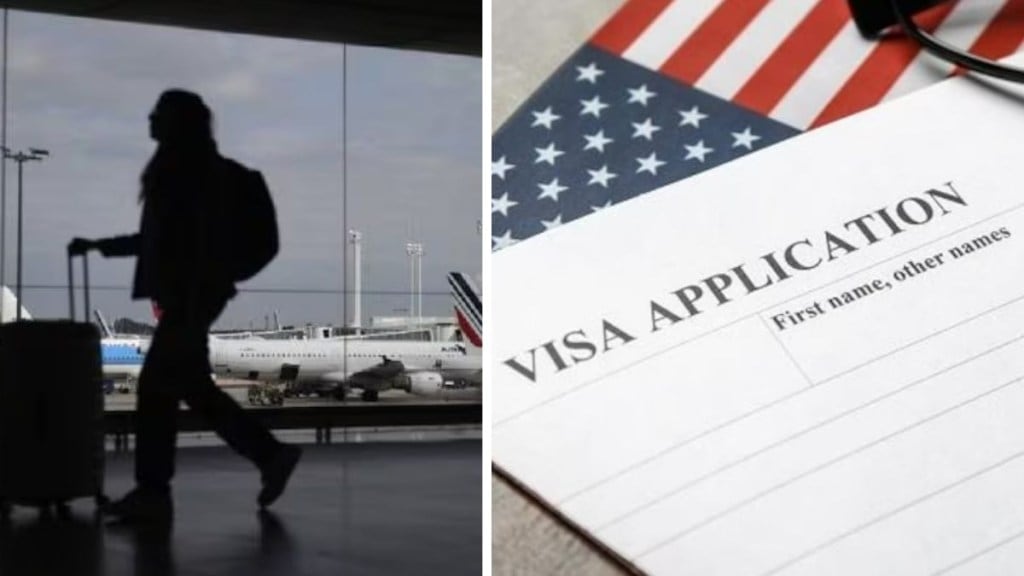With growing apprehension around international travel and re-entry into the United States, a recent traveler has shared a firsthand account to help ease worries. The traveler, who recently returned to the U.S. from a two-week trip to India, landed at Seattle’s Port of Entry on May 26. According to their experience, the immigration process was routine and similar to previous entries, dispelling concerns about heightened scrutiny.
Upon arrival, the traveler was asked to present standard documentation including their passport, visa, current Employment Authorisation Document (EAD), and latest I-20 form. They were briefly referred to secondary inspection due to a system mismatch — which the traveler suspects may have been related to the Customs and Border Protection (CBP) officer’s unfamiliarity with their ability to work while on an F-1 visa. During this secondary check, questions were limited to employer details and job role. A travel companion was asked for payslips but did not undergo secondary inspection.
The traveler claimed that fears of difficult re-entry may be unfounded, provided that travelers have not violated visa terms or engaged in illegal activities. The key, they say, is to keep all documentation up to date and in order. This account aims to reassure international travelers that, despite circulating concerns, re-entering the U.S. remains straightforward for those complying with visa regulations.
The post sparked a strong response online. One user pointed out, “I agree that many international students don’t face issues re-entering, but using personal experience to claim it’s a misconception that re-entry is difficult is misleading. More people—including U.S. citizens—have been detained at the border. Just because you had a smooth experience doesn’t mean others will.”
Another user added, “Ultimately, CBP officers have full discretion to allow or deny entry, even if they lack detailed knowledge of all visa types. That makes things unpredictable. I’m a Canadian citizen and have been on F1, OPT, and TN visas. I once had my visa withdrawn because the officer didn’t understand my status. It’s unfortunate, but it happens. Know your rights, and most importantly, only answer the questions you’re asked—don’t over-explain.”
Someone else shared their experience: “This happened before the current administration. I was referred up three levels of CBP officers at the Dublin, Ireland preclearance location, and none of them understood my Canadian work visa. It was incredibly frustrating.”
Others offered helpful advice: “Make sure you carry essential documents like your EAD, I-20s, and proof of employment—such as pay stubs, an offer letter, or a letter from your employer confirming your job. It’s also a good idea to bring any other documents you feel might be useful. Safe travels!”
